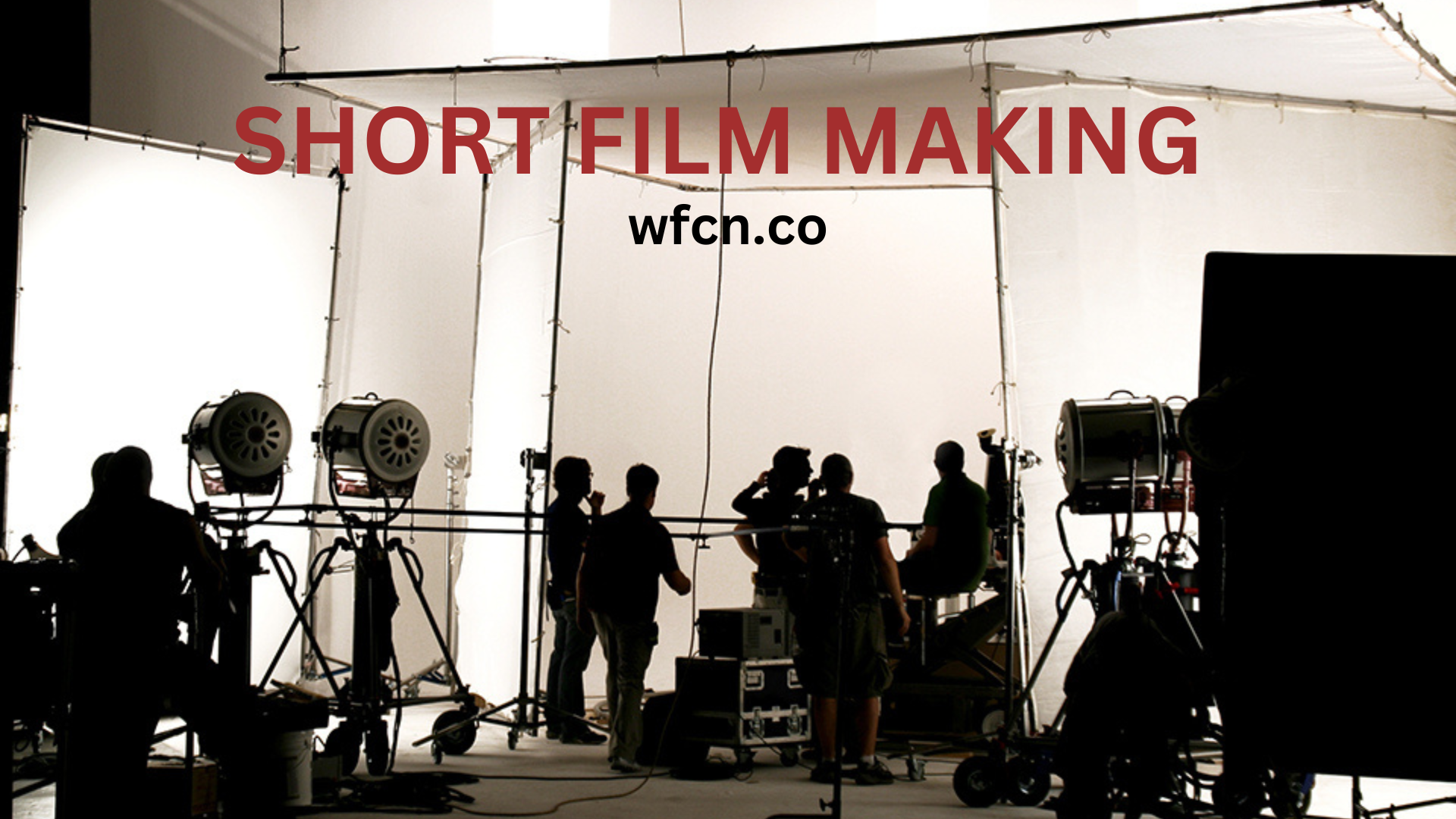Short Film Making Techniques
Mastering the Art of Short Film Making: History, Techniques, and the Pioneers
The world of short films is a dynamic and ever-evolving realm of cinematic storytelling. These bite-sized narratives offer short filmmakers a unique platform to experiment, hone their craft, and captivate audiences with succinct tales. In this comprehensive guide, let’s delve into the world of short film making, exploring its rich history, the technical details that set it apart, and the pioneers who have left their mark on this vibrant art form.
A Historical Journey of Short Films:
The history of short films is intertwined with the birth of cinema itself. In the late 19th century, inventors and filmmakers were experimenting with moving images. The Lumière brothers, Auguste and Louis, are often credited with creating some of the earliest short films. In 1895, they presented a collection of short films, including "Workers Leaving the Lumière Factory" and "The Arrival of a Train at La Ciotat Station," to a mesmerized audience in Paris. These films were only about 50 seconds long but marked the beginning of a new era in storytelling.
As cinema matured, the silent era saw the emergence of pioneering narrative short films. Notable figures like Charlie Chaplin and Buster Keaton used this format to create iconic comedic characters and stories. Chaplin's Tramp character became a symbol of silent cinema's wit and charm.
In the early 20th century, animation, spearheaded by the likes of Walt Disney, entered into the short film scene. Disney's introduction of synchronized sound in animation with Steamboat Willie (1928) marked a groundbreaking milestone. This era paved the way for timeless classics featuring Mickey Mouse and Silly Symphonies.
Today, short films continue to flourish in various genres, from traditional narratives to experimental works. The advent of digital filmmaking has democratized the process, enabling a wider range of creators to produce and share their short films on platforms like YouTube, Vimeo and WFCN.
The Technical Details That Define Short Film Making:
Creating a compelling short film involves mastery of various technical elements. Let's delve into the key aspects that set short film making apart from its longer counterparts:
1. Pre-Production:
Scriptwriting: Crafting a concise and impactful script is the first step in short filmmaking. Every word and scene must be meticulously chosen to serve the narrative efficiently.
Storyboarding: Translating the script into visual storytelling is achieved through storyboarding. Detailed drawings or diagrams of each shot help plan the film's visual narrative.
Location Scouting: Finding the right locations that both complement the story and are logistically practical is crucial. A short film's brevity demands efficient use of chosen settings.
2. Cinematography:
Camera Choice: Short films can be shot using various camera types, from professional cinema cameras to DSLRs, depending on the budget and desired visual style.
Frame Rate: The frame rate, typically 24 frames per second (fps) for a cinematic look, must be carefully selected to establish the desired visual tone.
Shot Composition: Effective shot composition is vital. Techniques like the rule of thirds, leading lines, and visual balance contribute to visually engaging storytelling.
3. Lighting:
Natural Light: Effective use of natural light can add depth and authenticity to a short film. Understanding the sun's position and using reflectors can help manipulate available light to your advantage.
Artificial Lighting: In controlled environments, short filmmakers often employ various artificial lighting setups, including key lights, fill lights, and backlights, to create specific moods and achieve consistent illumination.
4. Sound Design:
Microphones: Choosing the right microphones for capturing clear and balanced audio is essential. Shotgun microphones and lavalier microphones are commonly used in short film production.
Sound Editing: Meticulous attention to sound editing and mixing is vital for creating an immersive auditory experience. This includes dialog cleaning, foley work, and ambient sound design.
5. Editing:
Editing Software: Popular editing software options for short film makers include Adobe Premiere Pro, Final Cut Pro, and DaVinci Resolve. Efficient editing is crucial for maintaining narrative pacing and flow.
Color Grading: Color grading is essential to establish the short film's visual mood. Software tools like Adobe After Effects and DaVinci Resolve are commonly used to enhance the film's overall look.
6. Visual Effects:
VFX Software: For short films with special effects, software like Adobe After Effects or Autodesk Maya is employed to create and integrate VFX seamlessly.
Green Screen: Green screen techniques are often used for compositing actors into different backgrounds or creating fantastical settings.
7. Music and Score:
Composer: Collaborating with a composer to create a unique film score can elevate the emotional impact of the film. The music should complement the narrative and enhance the viewer's experience.
Music Licensing: Ensure that all music used in the short film is properly licensed to avoid copyright issues.
The Pioneers of Short Film Making:
To truly appreciate short film making, it's important to acknowledge the pioneers who have pushed the boundaries of the art form.
Georges Méliès, a French filmmaker and magician, is renowned for his pioneering work in special effects and visual storytelling in short films. His masterpiece, A Trip to the Moon (1902) is an iconic example of early narrative short filmmaking. He used experimental techniques like stop-motion animation, double exposure, and innovative set designs to create captivating visual stories.
Charlie Chaplin's silent short films, featuring his beloved character, the Tramp, set new standards for physical comedy and storytelling in the short film format. His meticulous attention to physical comedy and character development made him a legend in short film history.
Walt Disney revolutionized animation with short films featuring beloved characters like Mickey Mouse and Silly Symphonies. His short Steamboat Willie (1928) introduced synchronized sound to animation. Disney's commitment to storytelling and innovative animation techniques elevated the medium, setting a standard for short animated films.
David Lynch known for his unique and surreal style. His short films often explore dark and dreamlike narratives. The Grandmother (1970) is a compelling example of his work. His use of unconventional storytelling and surreal visuals has had a profound impact on experimental short filmmaking.
Pixar Animation Studios’ short films, such as Luxo Jr. (1986) and Geri's Game (1997), have consistently pushed the boundaries of computer animation and storytelling in short films. Pixar's dedication to character development and emotional storytelling has set new standards for short animated films.
Some more notable short films are The Lunch Date (1989) directed by Adam Davidson. This Academy Award-winning short film showcases how minimalism, an impactful narrative, and strong performances can leave a profound and lasting impact on the audience. The Phone Call (2013) directed by Mat Kirkby and James Lucas is an exemplary case of character-driven storytelling and the importance of dialogue in creating an emotionally engaging narrative. Piper (2016) directed by Alan Barillaro is a testament to the studio's technological innovation and their dedication to character-driven storytelling. "Skin" (2018) directed by Guy Nattiv delves into themes of prejudice and redemption with powerful storytelling, compelling performances, and effective visual storytelling. It is a prime example of how short films can tackle complex social issues.





